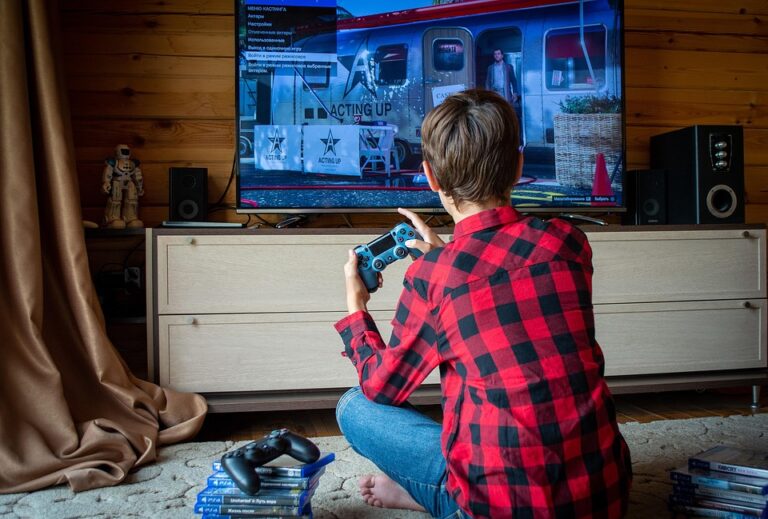The Psychology of Game Patches: How Updates Affect Player Engagement
In the fast-evolving gaming industry, game patches play a pivotal role in shaping player experiences and engagement. These updates are not just technical fixes; they can alter player behaviors, expectations, and even the psyche of millions engaged in these virtual worlds. Understanding the psychology behind game patches can illuminate why players either rejoice or recoil at the sight of an update notification.
The Impact of Game Patches on Player Engagement
What Are Game Patches?
Game patches are updates that developers release to fix bugs, introduce new features, or adjust gameplay mechanics. According to a recent survey, 78% of gamers believe that regular game patches enhance their gaming experience. This statistic reflects a growing acceptance of ongoing development in gaming, with players increasingly seeking more dynamic and engaging experiences.
Why Updates Matter
Players form emotional attachments to games, often perceiving them as extensions of their identity. When a game patch is released, it can evoke a range of emotions, from excitement to frustration.
-
Positive Reinforcement: A well-received patch can lead to increased player retention. For instance, when "Overwatch" introduced a beloved character through a patch, player engagement spiked by 25% in the following weeks.
- Negativity Bias: Conversely, if players perceive a patch as detrimental, dissatisfaction may ensue. This can lead to a decline in player base and negative reviews, illustrating that players often focus on the flaws rather than improvements.
Psychological Factors Behind Player Reactions
Anticipation and Reward
The psychology of game patches is closely tied to concepts of anticipation and reward. When a developer announces an update, players experience heightened anticipation, which releases dopamine— a neurotransmitter associated with pleasure.
Example: Fortnite
Take "Fortnite," for example. Each season, the developers promise fresh content and gameplay tweaks. This anticipation is so powerful that player engagement increases significantly on patch days, with many players reporting feelings of excitement similar to those felt during major holidays.
Trust and Loyalty
Players often develop a relationship with developers based on trust. When developers consistently deliver quality patches, it increases loyalty. However, if a patch is buggy or causes frustration, it can lead to a breach of this trust.
- Case Study: The backlash against "No Man’s Sky" post-launch patches serves as a potent reminder. After the initial release, the game had significant patches that failed to meet player expectations, leading to a decline in the player base.
The Role of Social Media
In today’s digital age, social media amplifies voices. Developers must consider the immediate feedback loop that occurs after releasing a game patch. A single tweet can spark enthusiasm or a wave of negativity. Given that 60% of gamers rely on social media for updates, it is crucial for developers to manage their online presence effectively.
Best Practices for Developers
Communicate Clearly
Developers should aim for transparency when releasing game patches. Clear communication can bolster player trust and satisfaction. Regular updates on what a patch entails, what issues it addresses, and how it enriches the gaming experience are essential.
Engage with the Community
Engagement with the gaming community fosters a sense of belonging among players. Hosting Q&A sessions or developer livestreams allows players to voice their opinions and feel heard. This involvement can significantly boost player loyalty.
Monitor and Adapt
Using data analytics tools to monitor player engagement post-patch can offer invaluable insights. By understanding player behavior and feedback, developers can pivot their strategies to align with community expectations.
Conclusion: The Future of Game Patches
As the gaming landscape continues to evolve, the significance of game patches will only grow. The balance between properly executed updates and the mental landscape of player expectations will shape the industry’s future. Addressing the psychology of game patches can lead to richer experiences and enhanced player engagement.
For more insightful articles on gaming trends and updates, be sure to check out The Impact of Microtransactions on Gaming and Understanding Gaming Communities.
Additional Reading:
- To delve deeper into the psychology of player engagement, visit Psychology Today.
Image Suggestions:
-
Image 1: A screenshot of a game patch notice, showcasing an engaging design with the alt text "Game Patches Increase Engagement."
- Image 2: A graph depicting player engagement statistics before and after a patch release, with the alt text "Player Engagement and Game Patches."
By understanding the psychological impact of game patches, developers can create more cohesive and engaging gaming experiences, ensuring that player engagement remains at the forefront of their endeavors.


